Patent Law Canons and Canards: Bonito Boats
Patently-O
AUGUST 22, 2022
For our patent law course today, the students read the Justice O’Connor unanimous opinion in Bonito Boats, Inc. The Florida courts had refused to enforce the law because it conflicted with Federal Patent Law. The Florida courts had refused to enforce the law because it conflicted with Federal Patent Law.




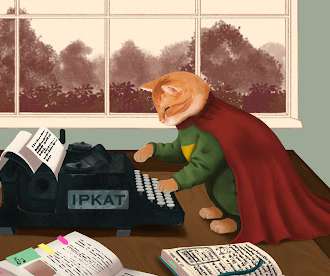


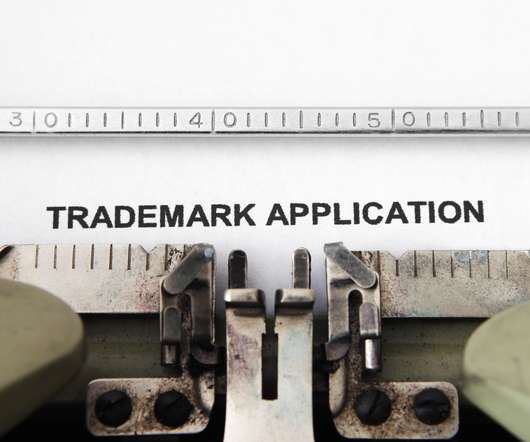
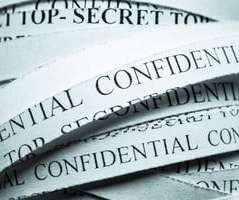
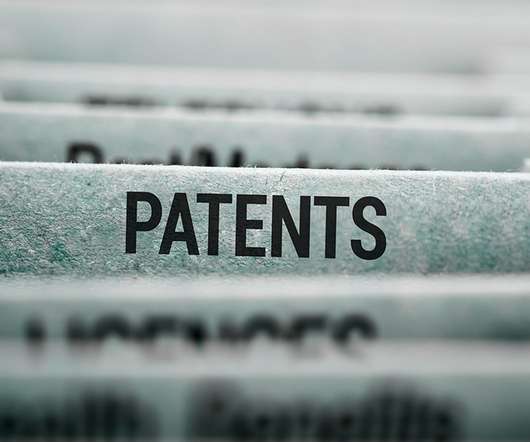

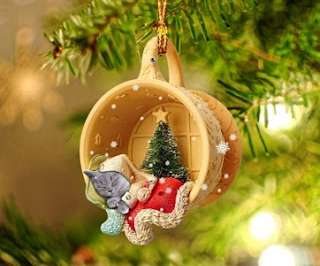



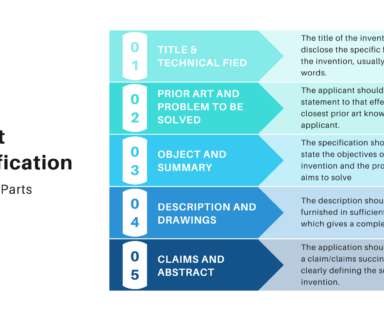
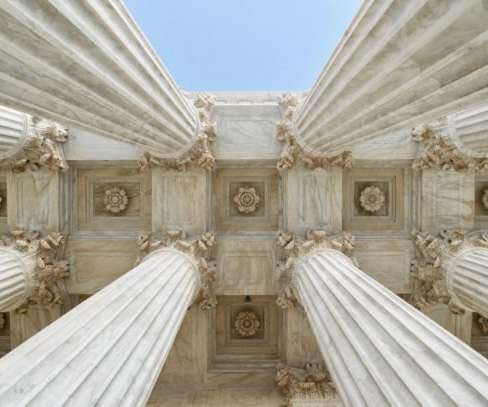







Let's personalize your content